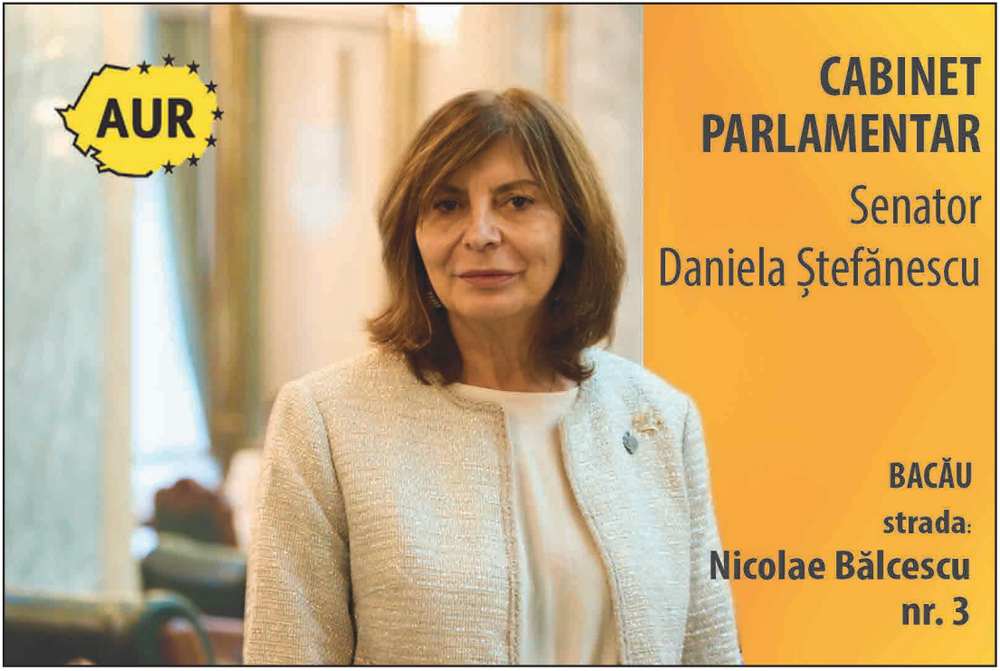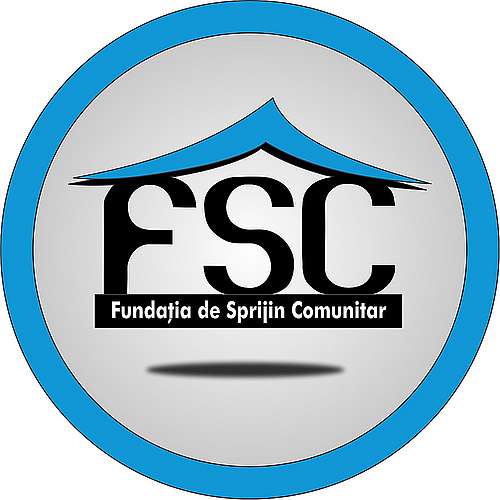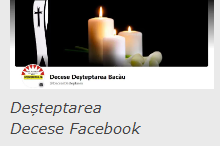In a perfect symbiosis with the nature, on top of a hill, guarded by woods and the waters of the Tazlaul Sarat river, the Tescani manor is erecting, its existence leading us on the traces of George Enescu at his creative maturity.
Currently hosting the headquarters of a Centre of culture and creation for the painters, literature people or musicians, the manor bears a history which springs in 1880, when boyar Rosetti Tescanu has erected in the middle of a park crossed by paved alleys and surrounded by a flower garden and trimmed shrubs this building architectonically influenced by the main currents of those times. The place very soon became under the host’s patronage a meeting point of the artists and the members of the Unionist movement too, who have put the bases of Romania’s unification process.
The cultural movement which hovered around the Tescani estate flourished at the beginning of the 20th century, and one of the maestros of the artistic soirees was the great composer, violinist, pianist and conductor George Enescu. Since 1900, when he met the Tescani mirage until his for ever departure abroad, in 1946, George Enescu has inspired a few months per year from the place’s beauty and scent, benefiting of the peace of the area, the kindness and artistic sense of the locals. Here he has composed the Oedipe opera, a work which made him famous in the world’s music. In 1939 he married Maria Rosetti Tescanu, the daughter of the manor’s owner and one of the most beautiful women of those times. Before withdrawing from the Russian troops, in 1946, he halted one last time at Tescani.
Maria Rosetti Tescanu and George Enescu, self-exiled to France, have decided to donate the manor and the 33-hectare estate to the Romanian state, which was to develop there a house of creation for the artists. Their gesture has saved the place from ruin, yet did not exempt it from the specific time hinders, the manor becoming a school and library, thus keeping in its patrimony the piano and the violin Enescu used to practice to, as well as the violin he had received as a prize at the graduation of his Vienna Conservatory studies.
During the 70s, the Bacau local authorities, calling for various stratagems have given back the manor and the surrounding garden the destination wanted by their former owners, as it is specified in the Donation Deed.
As a result, at Tescani a memorial house, a museum and an international culture centre operate. In consonance with the testamentary will of George Enescu in the manor’s park a tomb was made where the composer?s and his wife’s remains were to be brought, as they are buried in the Paris-based ”Pere Lachaise” cemetery. Their daughter’s opposition made that for now their last wish still stays unaccomplished.
The cultural edifice transformed in 1990 in the Tescani Culture Centre, and afterwards in 1993 it became what it is today the ”Rosetti Tescanu — George Enescu” Culture Centre and a section of the George Enescu museum of Bucharest since 2005.
In its current shape, the building consists of an Oedipus chamber concerts’ hall, an outdoor estrade in the manor’s park for 80-instrumentalists symphonic orchestras, as here takes place annually the ”Enescu — Orfeul Moldav’ Festival (Enescu — the Moldovan Orpheus), the only event of Romania which includes outdoor symphonic concerts. Likewise, it has a conference hall, three multi-task workshops, an art gallery, a classical library and a research specialized specialty, a reading or audition hall, accommodation and dining spacess for the creators coming around.
The cultural Centre at Tescani is part of the ”Les Rencontres” European Association, based in Paris, of the ”Res Artis’ International Association, based in Amsterdam, and also of the European Network of residences for writers and translators based in Montpellier, which runs under the French Academy aegis.
Another space dedicated to creativity and education in the County of Bacau is the Culture Centre which borrows the name of the Romanian sculptor George Apostu, who moved to Paris in the 70s. He was regarded as the successor of Constantin Brancusi.
Being established in 1990, the Centre operates a complex programme of assessment of the cultural legacy, of stimulation of the contemporary creativity through activities thought in an integrative, multi-disciplinary conception, having as main target to challenge and maintain a ceaseless, lively dialogue among the most divers creation genres, says Geo Popa, the institution’s director.
According to him, the Centre’s cultural activities are of such a manner conceived that they would answer the expectations of diverse public categories through symposiums and colloquia regarding the most complex topics, but also by means of the creation workshops, painting, graphic, sculpture, decorative arts and photography shows, theatrical, literary, cinema and choreographic performances, classical and now-a-days music concerts.
Through the specific of the projects and programmes it unfolds, the ”George Apostu” Culture Centre represents the ideal framework of the cultural and artistic reunions in several fields, such as modern and contemporary visual arts, video art, photography, architecture, graphical or decorative art, as well as other associate forms of artistic expression.
The cultural legacy is one of the major priorities of the Centre’s activity too and, hence, ‘a special attention is given to its permanent enrichment with art operas bearing the signature of some valuable artists from the country and from abroad carried out within the international symposiums of sculpture and painting or in the personal and of group exhibitions „, says director Geo Popa. Therefore, the Bacau-based Cultural Centre holds currently a significant collection of priceless sculpture, painting, graphic, decorative art, creations belonging to some contemporary devoted artists who passed through Bacau.
Of a significant cultural recognition is enjoying the ‘Outdoor museum”, organized in the institution’s park, with marble, stone or wood sculptures of huge dimensions.
The idea of putting together the efforts of the Centre with the activities of the tuition institutions to carry out a joint programme of enlarging the young generation’s outlook to knowledge and beauty, to art and creativity is taking shape steadily through the ”Culture — Education, Education — Culture” programme.
Out of the traditional cultural projects and programmes of the Centre’s we remind: the National Aesthetics Symposium, the granting of the Excellence Diploma and the Centre’s Prize, the ”George Apostu” Culture Centre’s Day on April 23, the „ArtistNe(s)t” International Programme.
The Bacau-based institution emerged on the international cultural stage too as it is the promoter of some projects with coverage on other continents, collaborating with similar centres from the US, France, Venezuela, England, India, Poland, the Czech Republic, Slovakia, China.
The ”George Apostu” Culture Centre is editing the ‘Stained Glass’ monthly culture magazine.AGERPRES





















